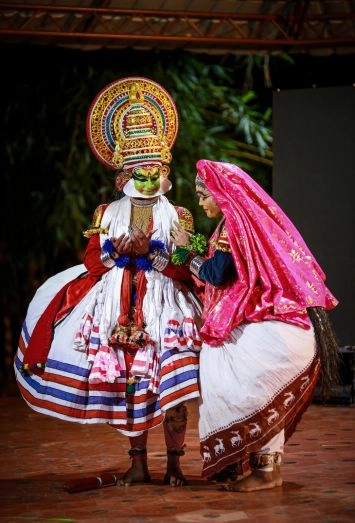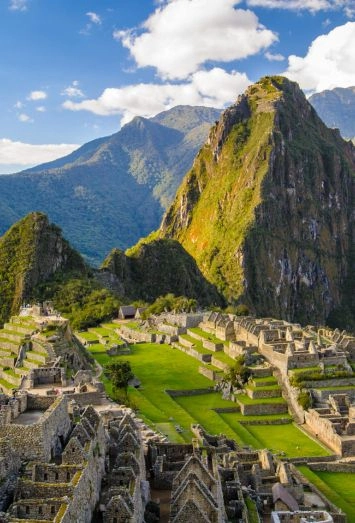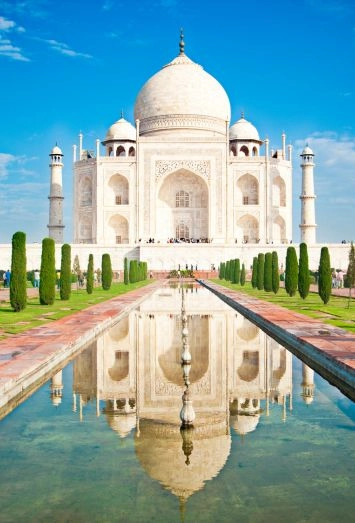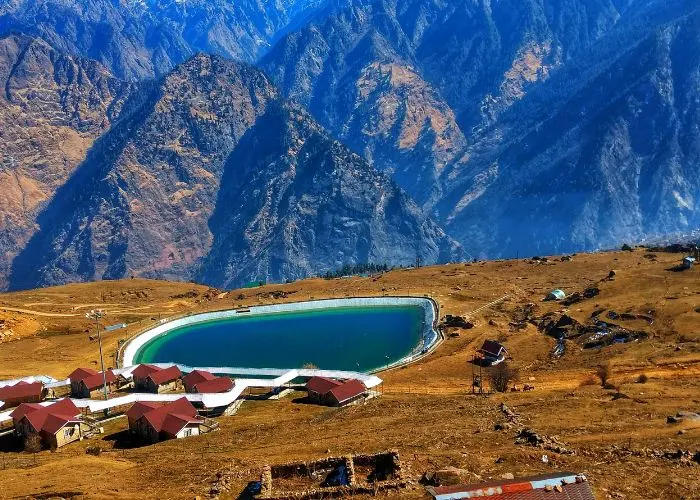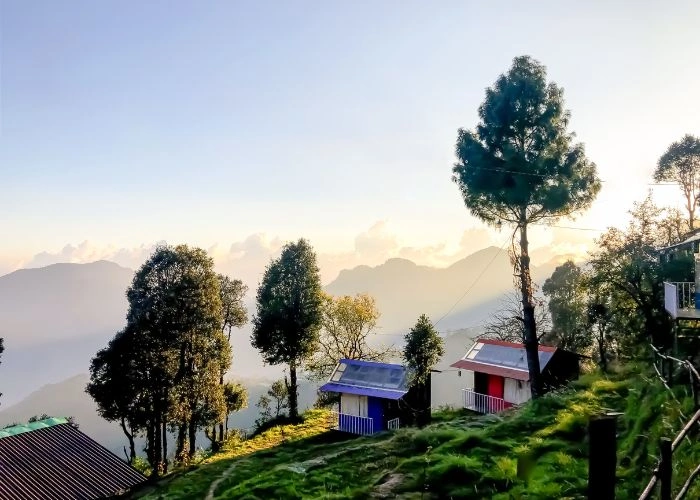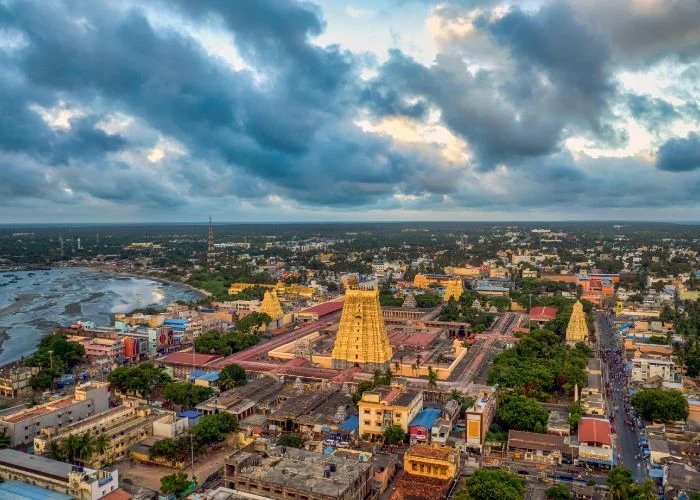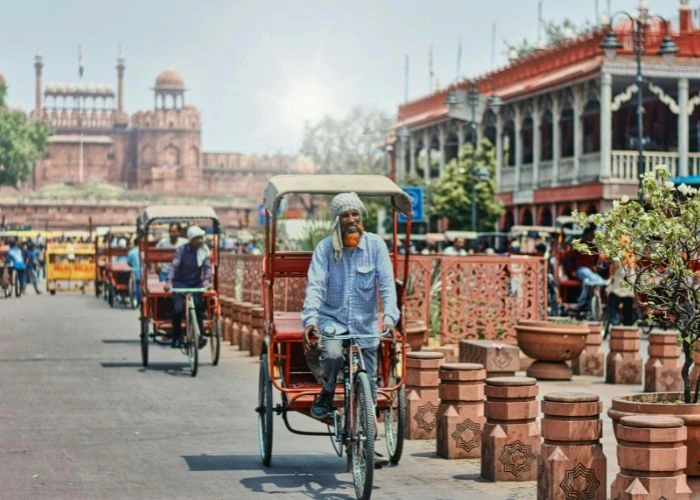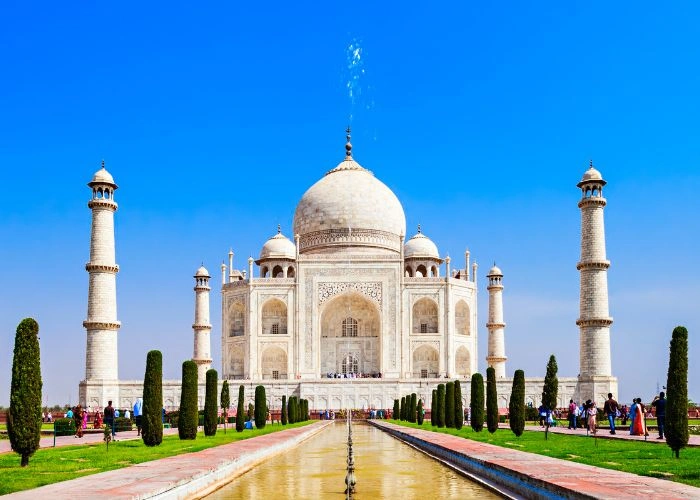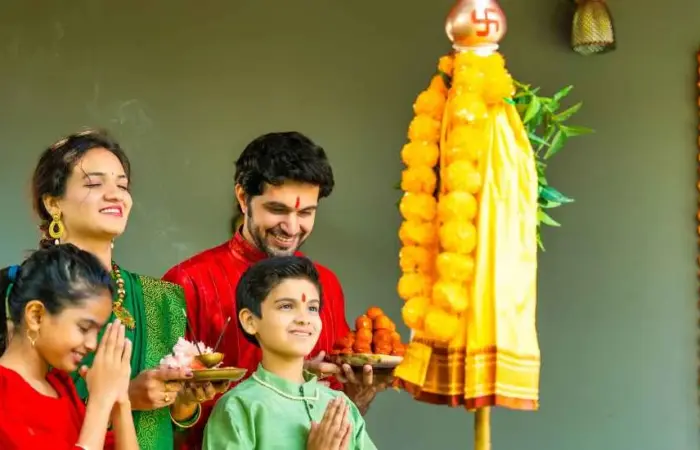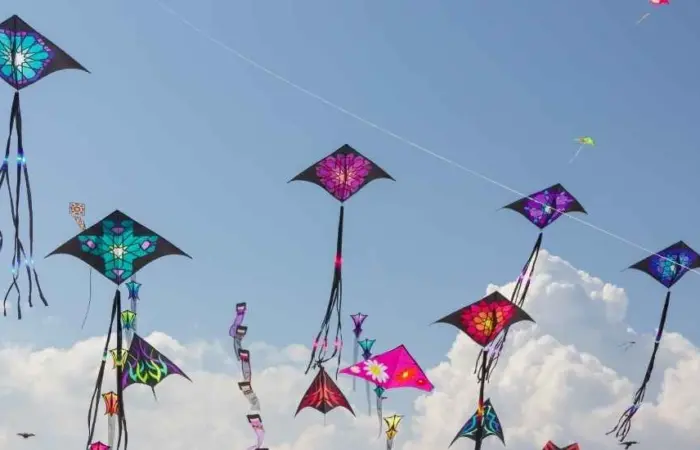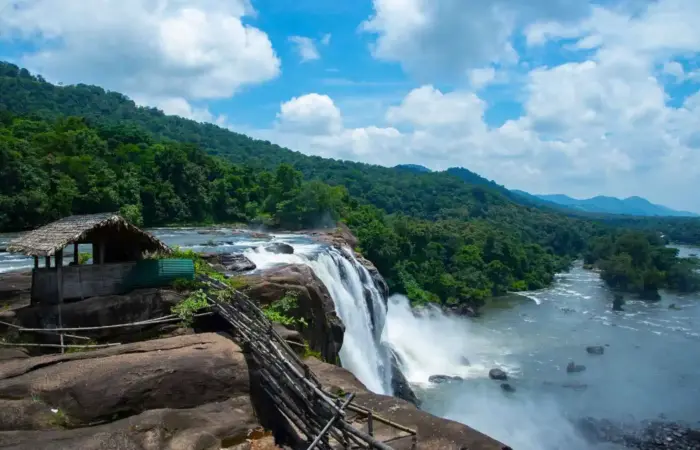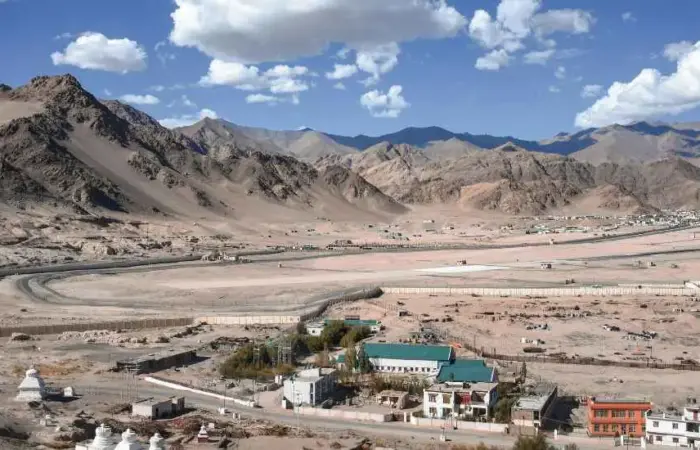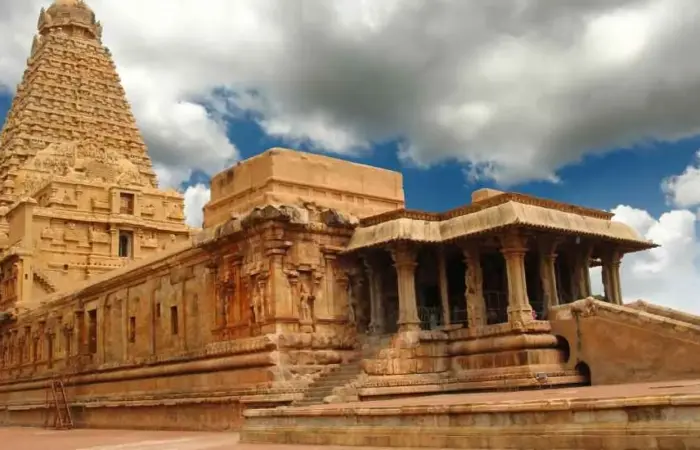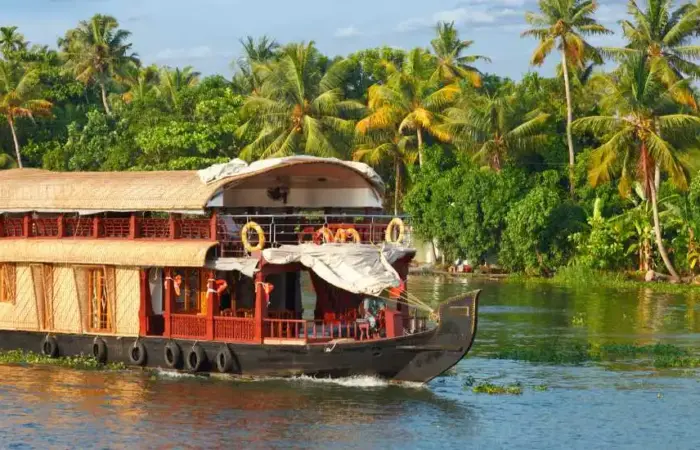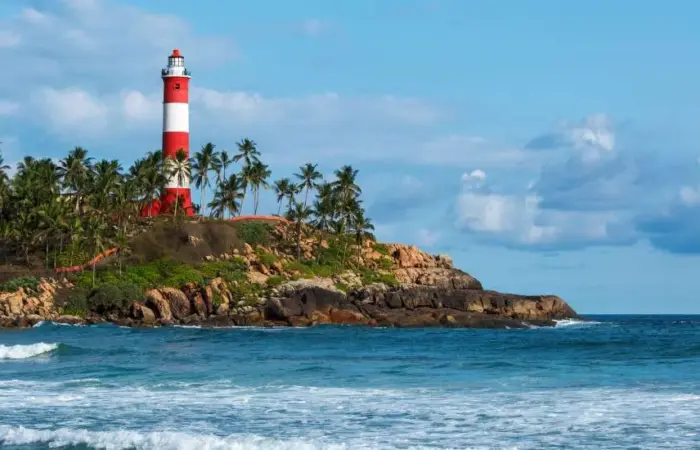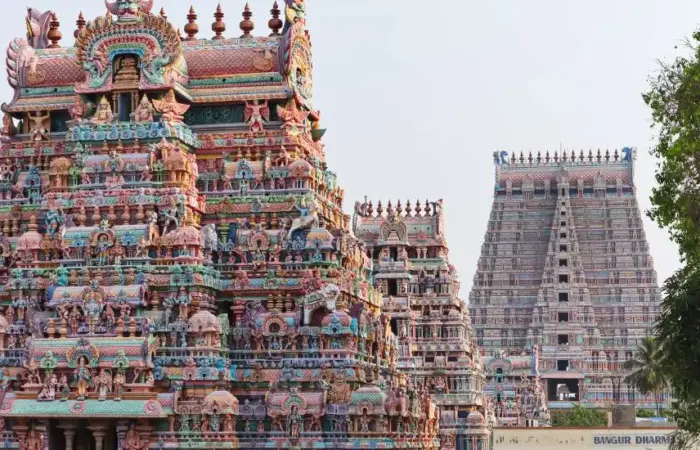Destinations that are meant to give incredible holiday experiences
Holiday Destinations
Explore Our Insightful Blogs on Top Tourist Destinations for Joyful Journeys Ahead
Latest Blog
“Experience the World, Crafted with Care” - from the soul of India to destinations around the globe, Cholan Tours curates personalized travel experiences that blend authenticity, comfort, and care for every kind of traveler. Discover India and the world with Cholan Tours, an award-winning tour operator offering personalized inbound and outbound tours. Experience authentic journeys crafted with care and expertise.
Best Places To Travel In India By Month
April – Wander where it’s fresh
May – Beach days & sunshine
June – Green escapes await
July – Monsoon magic begins
August – Adventure with freedom
September – Perfect for treks
October – Cool winds, mountain vibes
November – Festive journeys ahead
Discover By Tags

Cholan Tours is one of India’s fast-growing ISO 9001:2015 quality-certified Destination Management Companies (DMC). Our services are approved by The Ministry of Tourism, Government of India.
About Cholan Tours
Menu
Quick Links
Menu
Quick Links
Menu
Follow us on
Copyright 2025 Cholan Tours. All Rights Reserved.



